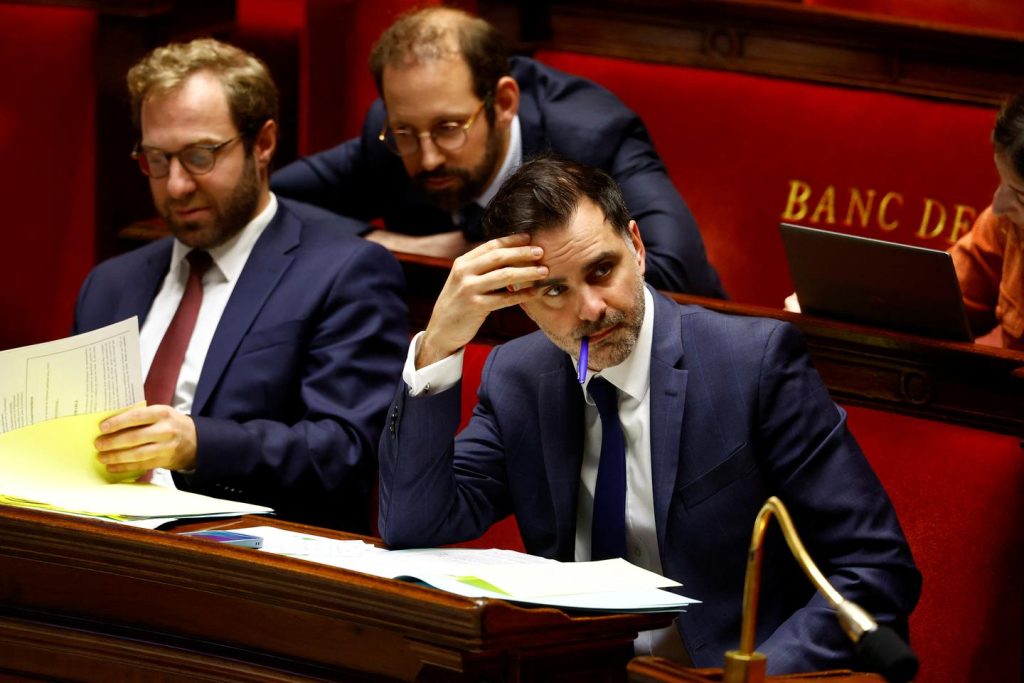For nearly forty years, the French public debt has been steadily increasing, along with accumulating external deficits over the past twenty-five years, resulting in a growing external debt. The current budget crisis is simply a symptom of a growth model that has reached its limits. To reduce deficits, it is necessary to address the root causes, such as the gradual shrinking of the productive fabric of the economy, with an increasing imbalance between consumption and national production, and growing dependence on public spending.
The French economic model has been focused on consumption, and the deindustrialization of the past forty years has only exacerbated this reliance on consumption as a driver of growth. Support for demand and deindustrialization feed off each other in a vicious circle that is increasingly difficult to break free from: stimulating demand is beneficial for short-term growth, but leads to increased imports (especially as the country is deindustrialized) and a deterioration of competitiveness – prices rise due to activity in sheltered sectors immune to international competition. The consequence of a stronger demand support is thus to redirect activity towards sheltered sectors, such as services or construction, at the expense of the manufacturing sector.
The use of the common currency has further reinforced this trend: with the euro, France has been able to pursue expansionist policies without worrying about accumulating external deficits that seemed painless… while our deindustrialization was accelerating. This demand support has involved an increase in social spending (especially on pensions and healthcare), which have risen by 16 percentage points of GDP over the past forty years in France, compared to 4 percentage points in Germany or Switzerland, and even decreased by 1.5 points in Sweden over the same period.
Today, the very sustainability of the French growth model is in question. The gap between continuously stimulated consumption and stagnant industrial production can only be bridged through increasing external debt: while in 1999, France had a net creditor position vis-à-vis the rest of the world representing almost 15% of GDP, this position gradually deteriorated to reach an external debt of -37% of GDP in 2023. The reliance on public spending to maintain growth has led to a situation where the continuation of this model is no longer viable in the long term.
In order to address the growing public debt and external deficits, a fundamental shift in the French economic model is necessary. This shift should focus on rebuilding a balanced economy that prioritizes domestic production and reduces dependence on public spending to stimulate demand. Investing in industrial sectors, promoting innovation, and enhancing competitiveness are essential steps towards ensuring sustainable growth and reducing the country’s reliance on debt. By addressing the root causes of the current economic challenges, France can work towards a more stable and prosperous future.


